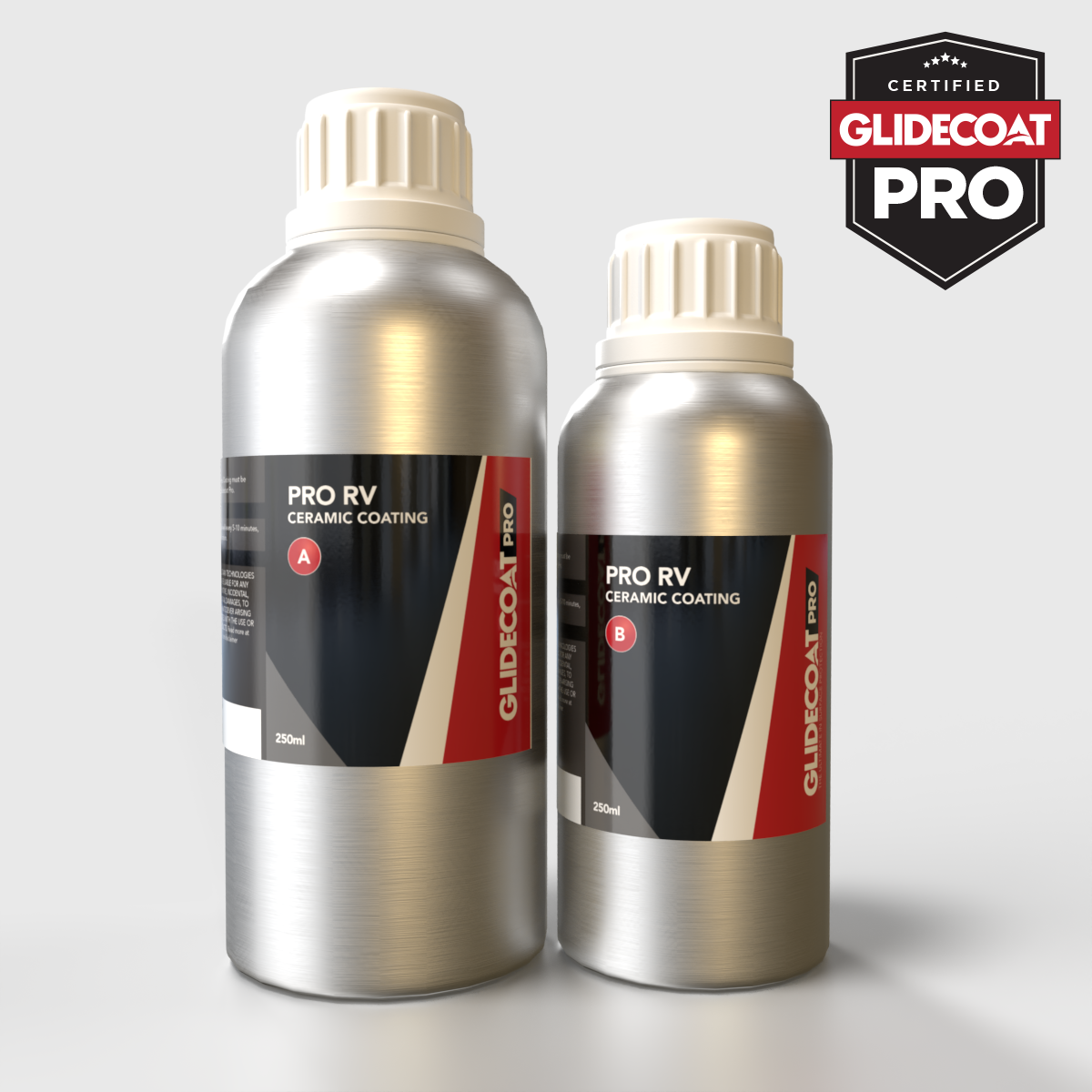A Comprehensive Overview to the Types of Ceramic Covering on the marketplace
Ceramic layers have emerged as an essential solution across various markets due to their one-of-a-kind residential or commercial properties and applications. As we check out the unique features and applications of these coverings, the ramifications for efficiency and durability end up being increasingly obvious, raising inquiries regarding which type may best fit your requirements.
Recognizing Ceramic Coatings
Ceramic coatings are advanced protective services that have acquired popularity in various industries, especially in automobile and aerospace applications. These layers include a liquid polymer that, when treated, develops a resilient, hydrophobic layer externally of the substrate. This layer provides boosted resistance to ecological impurities, UV radiation, and chemical direct exposure, consequently prolonging the life and aesthetic appeal of the underlying material.
The basic part of ceramic finishes is silica, which adds to their firmness and toughness. The application process usually involves surface area prep work, application of the finish, and treating, which can be achieved via warm or UV light. Once healed, ceramic layers display remarkable bonding homes, allowing them to adhere strongly to a variety of surface areas, including metals, plastics, and glass.
Along with their protective attributes, ceramic coverings additionally use convenience of maintenance. Their hydrophobic nature reduces the adherence of dust and grime, making cleansing easier and much less regular. On the whole, the adoption of ceramic finishes represents a substantial improvement in surface security technology, supplying both aesthetic and practical advantages across numerous sectors.
Sorts Of Ceramic Coatings
Numerous kinds of ceramic layers are offered, each made to meet certain performance demands and applications. One of the most usual types include:
Silica-based Coatings, these layers mainly are composed of silicon dioxide and are recognized for their sturdiness and chemical resistance. They are extensively used in commercial and automotive applications.
Titanium Dioxide Coatings: Popular for their photocatalytic buildings, titanium dioxide coatings are often used in environments where self-cleaning and antifungal residential or commercial properties are preferable, such as in structure materials and automobile surfaces.
Zirconia Coatings are defined by their high-temperature security and thermal resistance, zirconia coatings are utilized in applications such as turbine engines and high-performance automotive elements.
Alumina Coatings, Displaying exceptional firmness and thermal security, alumina finishes are often utilized in wear-resistant applications, including reducing devices and commercial equipment.
Crossbreed Coatings:Integrating the buildings of numerous products, crossbreed layers supply boosted efficiency attributes, making them ideal for special and requiring applications.
Each kind of ceramic finishing serves distinct purposes, allowing customers to pick the most suitable solution based upon certain ecological conditions and efficiency requirements.
Benefits of Ceramic Coatings

Along with longevity, ceramic layers give superb hydrophobic buildings, permitting simple cleaning and maintenance. This water-repellent nature decreases the adherence of dust, grime, and various other impurities, which can extend the aesthetic allure and performance of the surface. Moreover, ceramic coverings can significantly boost thermal here resistance, making them excellent for applications that withstand high temperatures.
Ceramic finishes can add to power performance by reflecting warm, which is especially beneficial in vehicle and commercial setups. Overall, the various advantages of ceramic finishes make them a beneficial investment for various applications, guaranteeing ideal performance and security.
Application Process
When applying ceramic coverings, a precise method is vital to accomplish optimum outcomes. The application procedure normally starts with detailed surface area prep work. This includes washing, sanitizing, and brightening the surface area to eliminate all impurities, including dust, oil, and prior waxes or sealants. A clean surface area makes certain appropriate bond of the covering.
When the surface is prepped, the following action is to apply the ceramic covering. The covering needs to be applied in slim layers, as thicker applications can lead to uneven coatings.
After application, the finishing requires a certain curing time, normally ranging from a few hours to a complete day, depending on the item. Throughout this time around, it is essential to avoid exposure to dampness or contaminants. Lastly, a mild buffing may be required after healing to enhance the gloss and eliminate any kind of high spots. Following these steps carefully will make the most of the efficiency and long life of the ceramic finishing, offering a durable protective layer for the surface area.
Upkeep and Long Life
To make certain the long life and performance of a ceramic finish, normal upkeep is necessary. Ceramic layers, recognized for their durability and safety top qualities, call for certain treatment routines to maximize their life-span and efficiency. The initial step in maintenance involves routine cleaning with pH-neutral soap, preventing extreme chemicals that can deteriorate the finishing. It is recommended to wash the lorry consistently, preferably every two weeks, to avoid the accumulation of impurities that might compromise the coating's honesty.
Along with regular washing, periodic inspections are vital. Search for indicators of wear or damages, such as hydrophobic homes lessening or surface flaws. A light polish may be applied to renew the coating without stripping it away. if needed - Ceramic Coating helpful hints Denver.
In addition, the application of a booster spray can enhance the finishing's hydrophobic impacts and recover its gloss. This is specifically advantageous for finishings that have actually remained in usage for an extensive duration. Ultimately, by adhering to these maintenance practices, one can considerably prolong the life of a ceramic finishing, making certain that it proceeds to give optimum defense versus ecological factors and maintain the aesthetic appeal of the vehicle.

Conclusion
In final thought, ceramic finishes represent a versatile option for a series of applications, using a variety of types such as silica, titanium alumina, zirconia, and dioxide. Each type provides distinctive advantages, including toughness, self-cleaning residential or commercial properties, high-temperature security, and put on resistance. The application procedure and ongoing maintenance play important duties in making the most of the durability and efficiency of these coatings. Overall, ceramic finishes add dramatically to enhancing the sturdiness and capability of numerous surface areas throughout numerous sectors.
Ceramic finishings have emerged as a crucial remedy throughout different industries due to their unique properties and applications.Ceramic coatings are innovative protective services that have actually obtained popularity in various why not look here markets, especially in aerospace and automotive applications. Ceramic layers can dramatically boost thermal resistance, making them perfect for applications that endure high temperature levels.
On the whole, the many advantages of ceramic coatings make them a useful investment for numerous applications, making sure optimal efficiency and protection.
In verdict, ceramic finishings stand for a versatile option for a range of applications, supplying a range of kinds such as silica, titanium dioxide, zirconia, and alumina.
Comments on “Ease Maintenance with a Long-Lasting Ceramic Coating Denver Coating”